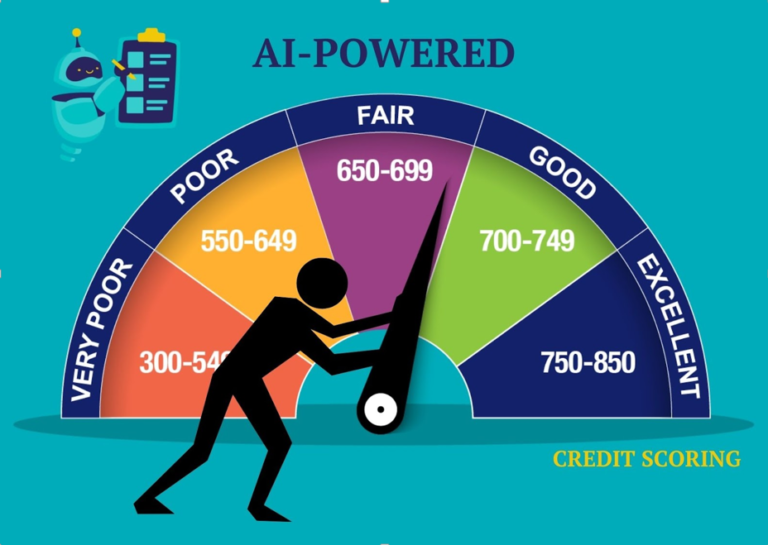Exploring the Role of Technology in Sports Analytics
The integration of technology in sports analytics has fundamentally altered team dynamics and performance assessment. Advanced metrics derived from wearable devices and predictive modeling have supplanted traditional evaluation methods. This shift allows for real-time strategy adjustments during games and enhances athlete training regimens. Moreover, the engagement of fans through immersive technological experiences has redefined the spectator landscape. The implications of these advancements raise critical questions about the future of sports and competition.
The Evolution of Sports Analytics: From Traditional Methods to Data-Driven Insights
As sports evolved into a multi-billion dollar industry, the methods of analyzing performance transformed significantly, shifting from rudimentary statistics to sophisticated data-driven insights.
Historical methods relied heavily on basic metrics, often lacking predictive modeling capabilities. The emergence of advanced analytics enabled teams to forecast outcomes based on player performance, enhancing strategic decision-making and optimizing competitive advantage.
Ultimately, this transformation redefined the landscape of sports analytics.
See also: Cloud Computing: What Is It and Why Does It Matter?
Technology in Training: Enhancing Athlete Performance Through Data
Harnessing technology in training has revolutionized the way athletes prepare for competition, allowing for a data-driven approach to performance enhancement.
Wearable devices collect vital performance metrics, enabling athletes and coaches to monitor progress, identify weaknesses, and adjust training regimens accordingly.
This integration of data fosters an environment of continuous improvement, empowering athletes to reach their full potential and achieve greater levels of performance.
Game-Day Strategies: Utilizing Analytics for Competitive Advantage
The integration of technology in training paves the way for advanced game-day strategies, where analytics become a pivotal component in securing competitive advantages.
Predictive modeling enables teams to anticipate opponents’ moves, while real-time data facilitates tactical adjustments during matches.
This data-driven approach empowers coaches and players to optimize decision-making, enhancing performance and ultimately influencing the outcome of high-stakes competitions.
Engaging Fans: How Technology Is Transforming the Spectator Experience
Technology is revolutionizing the spectator experience in sports, with over 80% of fans now expecting enhanced engagement through digital platforms.
Virtual reality offers immersive experiences, allowing fans to feel as though they are part of the action.
Social media further facilitates real-time interaction, fostering deeper fan engagement.
These interactive experiences not only elevate enjoyment but also redefine the connection between teams and their audiences.
Conclusion
In conclusion, the transformative tide of technology in sports analytics signifies a seismic shift from traditional tactics to sophisticated strategies. By harnessing data-driven insights, teams can not only elevate athlete efficiency but also enhance engagement with fans, forging a more immersive experience. As analytics advance, the future of sports will increasingly rely on this blend of brilliance and bytes, ensuring that both performance and spectator satisfaction soar to new heights in the competitive arena.






